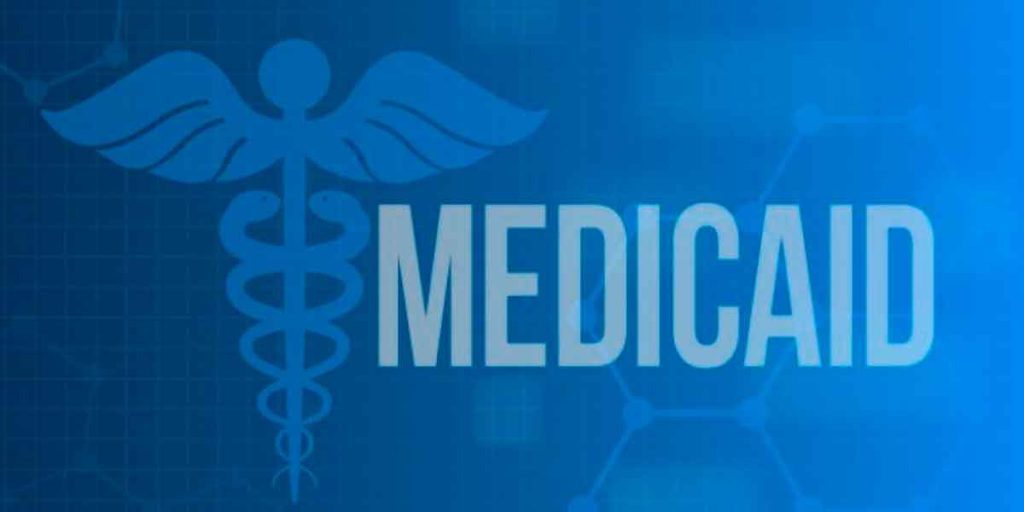Advantages of Self Directed IRA
Variety
Something that can’t be focused on enough is enhancing your portfolio, particularly your retirement resources. You don’t need all your investments tied up on one place, as it were. By contributing with an ordinary IRA, you’re restricted to low-return bonds and stocks. A Self-Directed IRA will permit you to widen your speculation reach. There are essentially three things you can’t put resources into with an IRA: collectibles, disaster protection and one made with a precluded individual. Other than that, you are just restricted my your creative mind.
Checkbook Control
As referenced momentarily previously, you have checkbook control when utilizing a Self-Directed IRA LLC. You have unlimited authority of the assets in your IRA. This mean, you can make a ventures at whatever point you need by just composing a check. Obviously, in the present age, you can likewise utilize a check card or a wire move. At this point don’t do you need to hold back to get consent from your overseer. Likewise, you can do anything you desire day in and day out. No evenings and ends of the week off for your IRA!
Assessment Advantages
All retirement plans offer assessment benefits, however it’s a significant advantage of the Self-Directed IRA. Conventional IRAs offer a direct front tax cut. Most commitments are charge deductible, which means you don’t pay charges until you pull out cash. This diminishes your duty charge each year you make a commitment. Then again, a Self-Directed Roth IRA doesn’t have the forthright expense derivation. Roths are financed with after-charge cash. Notwithstanding, all certified appropriations are tax-exempt! This implies you won’t ever pay charges on your withdrawals, expecting the arrangement has been open for no less than five years and you are age 59 1/2 or more seasoned.
As should be obvious, the advantages of a Self-Directed IRA are inconceivable contrasted with different IRAs. The opportunity of putting resources into what you need, when you need, will prompt retirement achievement. Regardless of whether you need to put resources into land, distributed loaning, or digital forms of money, the chances anticipate.
How does it help with Medicaid
It is true that qualified retirement accounts such as a 401k, Individual Retirement Account (IRA), or SEPs are usually large assets. It is also true that 401k’s and IRAs are deemed a countable asset by Medicaid which, without proper Medicaid planning by an elder law attorney, would likely prevent someone from being eligible for Medicaid. The goal of every elder law attorney that handles Medicaid planning cases is to take countable resources and turn them into non-countable resources in accordance with Medicaid law and regulations. So, how do elder law attorneys do that with a sizable 401(k) or IRA?
The Benefits invloved
Similarly as with Medicaid qualification gatherings, some Medicaid helps that states offer are obligatory and others are discretionary. In planning their Medicaid advantage bundles, inside government rules, states can require certain enrollees to partake in the expenses of their inclusion, for example, through ostensible copayments for administrations and restricted charges. As well as covering routine administrations, Medicaid gives certain advantages that are restricted or not ordinarily covered under customary health care coverage. For instance, it gives long haul administrations and supports (LTSS) for qualifying seniors and individuals with handicaps. It likewise gives interpretation, translation, and non-crisis transportation benefits that are less frequently covered by different wellsprings of protection.
Covered administrations
Required and discretionary Medicaid benefits are characterized in government rule and guidelines to incorporate a scope of things and administrations just as explicit supplier types. States can pick how to restrict advantages, or regardless of whether to restrict benefits by any means. The outcome is that a similar advantage can be planned and carried out in various distinctive manners across states. For instance, while most states cover dental administrations, and some even cover yearly dental tests, others limit this advantage to injury care or crisis treatment for help with discomfort and disease. A few states necessitate that administrations be given in a particular setting; some necessitate that specific administrations have earlier endorsement; and some spot dollar covers on the aggregate sum of administrations an enrollee can get every year.
As a rule, benefits should be identical in sum, term, and extension for all enrollees in the state; benefits should be something similar all through the express; and recipients should have opportunity of decision among medical services suppliers or oversaw care plans taking an interest in Medicaid. For grown-ups, states might restrict the degree to which a covered advantage is accessible by characterizing both clinical need standards and the sum, term, and extent of administrations. Nonetheless, under the Early and Periodic Screening, Diagnostic, and Treatment (EPSDT) prerequisites for youngsters under age 21, states should offer any fundamental support named in the Medicaid resolution including discretionary administrations not in any case covered by the state without covers or different limits that are disconnected to clinical need.
As an option in contrast to conventional Medicaid benefits, states were given authority under the Deficit Reduction Act of 2005 to enlist state-determined gatherings (barring people with extraordinary clinical requirements and certain others) in benchmark and benchmark-comparable advantage packages. States that choose for utilize this advantage configuration can give inclusion that is equivalent to the Blue Cross and Blue Shield standard arrangement under the Federal Employee Health Benefits Program; an arrangement presented to state workers; the biggest business wellbeing support association in the state; or other inclusion endorsed by the Secretary of the U.S. Division of Health and Human Services proper for the designated populace. A benchmark-identical arrangement for assistance should be actuarially comparable to the benchmark to which it is being looked at and should incorporate certain advantages.
Under the qualification extensions to the new grown-up bunch under the Patient Protection and Affordable Care Act, those recently qualified will be needed to select either benchmark or benchmark-comparable support agreement. (As under existing standards, people with unique clinical requirements are excluded and states have adaptability to incorporate extra advantages.) furthermore, these advantage bundles should cover the 10 fundamental medical advantages indicated in the ACA.
Find support
In the event that you might want to study the need of domain arranging, any of our home arranging lawyers would be glad to help you.









